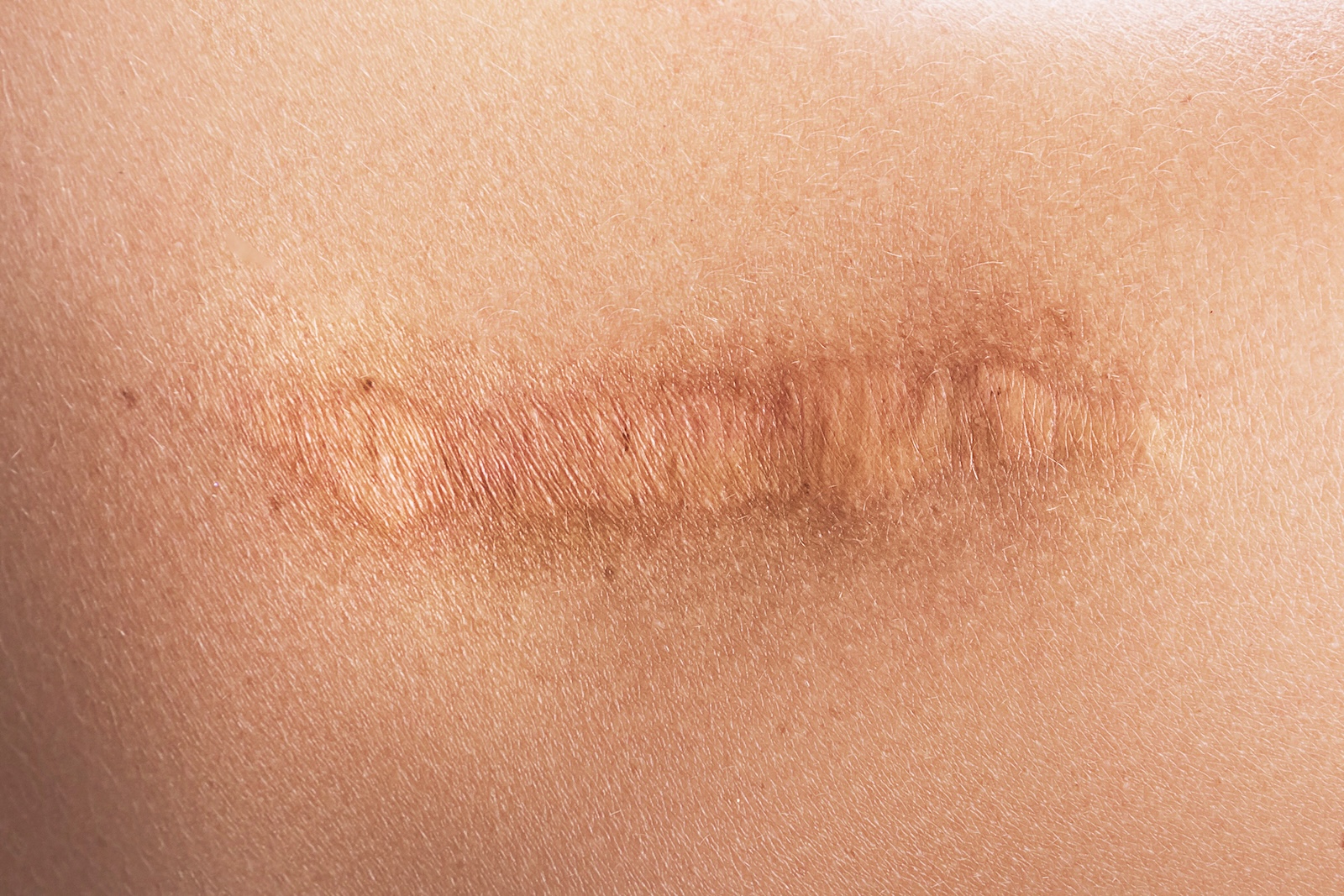
A cervicogenic headache is pain on one side of the head that changes in intensity when the head is moved. It is unclear how many people are affected by cervicogenic headaches, but it may be as high as one in every 25 people. The pain in cervicogenic headache can usually be traced back to one of the three top-most vertebrae (C1, C2, and C3). The main culprit is the facet joint between C2 and C3.
Causes of Cervicogenic Headaches
The causes of cervicogenic headaches include neck injury or trauma, rheumatoid arthritis, cervical degenerative disc disease, infection, or tumor.
Symptoms of Cervicogenic Headaches
A cervicogenic headache is pain on one side of the head that fluctuates in intensity when the head is moved. Typically, the pain moves from the back of the head to the front. The pain is usually not a throbbing or a stabbing pain, though it can be quite severe. Often, people with cervicogenic headache have limited range of motion in the neck and may experience neck, shoulder, or arm pain of the same side of the body as the headache.
Cervicogenic headache should be distinguished from other, similar causes of including headache tension-type headache and migraine, both of which are associated with neck stiffness. Your doctor should also rule out a condition called occipital neuralgia, pain in one of the nerves that runs up the back of the head.
Diagnosis of Cervicogenic Headaches
Some physicians will diagnose cervicogenic headache based on clinical criteria. In other words, if the patient’s reported symptoms match with what is known about cervicogenic headache symptoms (pain on one side of the head, moves from back to front, changes based on neck movements or position) then the diagnosis is made. Definitive diagnosis of cervicogenic headache is more involved. To definitively diagnose cervicogenic headache, a physician will injection anesthetic in certain areas of the spine. If the anesthetic injection into the spinal area relieves the headache, the diagnosis is confirmed.
Treatment Options
Conservative treatment for cervicogenic headache includes physical therapy and chiropractic manipulation. Chiropractic manipulation includes low velocity and high velocity manipulation; however, high velocity manipulation is associated with arterial dissection and stroke, and should be avoided in most cases.
Patients have reported relief from cervicogenic headache after taking pregabalin, duloxetine, or a tricyclic antidepressant. There is no FDA-approved treatment specifically for cervicogenic headache, but a specialist may try one or more of these drug treatments, if appropriate.
Anesthetic injections into the area of the spine that is causing the cervicogenic headache is not only diagnostic, but it is also therapeutic. Unfortunately, the relief is short-lived because the local anesthesia wears off rather quickly. That said, a nerve block can relieve pain long enough for patients to fully participate in physical therapy. Adding a steroid to the anesthetic may or may not extend the duration of pain relief.
Patients may benefit from having a physician destroy the nerve that is causing the pain. The physician identifies the nerve that is the source of the cervicogenic headache and uses a radiofrequency tool to ablate or destroy the nerve.
If cervicogenic headache is being caused by a spinal issue that can be treated with surgery, then spine surgery may be useful. These include C2 spinal nerve compression, arthritis in the joint between C1 and C2, and cervical disc disease.
Preventing Cervicogenic Headaches
Unfortunately, there is no way to prevent cervicogenic headaches. That said, strength and stretching exercises, body weight control, and good posture may reduce your risk.
Lifestyle Modifications
Making small changes to your daily routine can go a long way to preventing cervicogenic headache triggers. If you work at a desk, make sure you have a suitable chair and your computer monitor allows you to keep your neck in a neutral position. Take frequent breaks. If you work in a physically demanding job, protect your neck by lifting properly. Avoid sudden jerking movements. Also examine how you sleep. Is it time to replace your pillow or your mattress?
Prognosis
Sadly, most treatments for cervicogenic headaches are not curative. Injections need to be repeated periodically, for example. If the nerve can be ablated, it may keep the pain of cervicogenic headaches away for a long time. Surgery may be curative, but only if the problem is something that surgery can treat. Make sure your spinal neurosurgeon has identified the precise cause and location of the problem before you undergo surgery for cervicogenic headaches.
Conclusion
Cervicogenic headaches are difficult to diagnose and difficult to treat. However, patients who believe they are experiencing cervicogenic headaches should seek out the advice of a physician who can diagnose and treat this condition. While surgery for cervicogenic headache is considered a last resort, a spinal neurosurgeon is the ideal provider to make a definitive diagnosis and provide care, including injections or radiofrequency ablation.
Ready to reclaim your life? Get in touch with Dr. Lanman Today.
FOLLOW US ON SOCIAL MEDIA | @ADRSPINE




